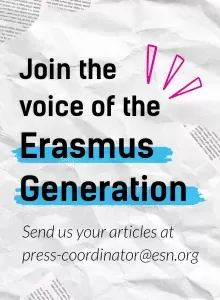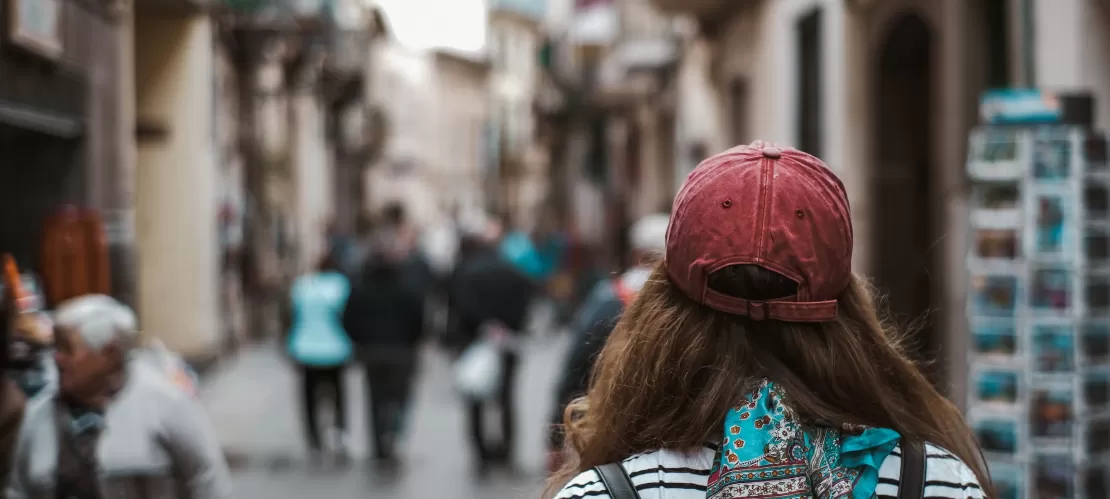
A few years ago, I could not imagine that I would be able to go alone for two weeks on an Interrail in Europe. It is something I dreamt about, but it seemed too difficult to be done by a young woman like me. However, from one day to the other, I found myself preparing for the trip. My journey begins by putting as few things as possible in a backpack that will be my companion during the two weeks I will be travelling by train through five European countries. My travel diary, a couple of books, and an analogue camera are the objects that will be with me during train hours that would otherwise be eternal. I leave from Barcelona and my stops are: France, Italy, Austria, Germany and Belgium. My Interrail, thanks to Interrail.eu, is full of marvellous cultural clashes, different languages, delicious cuisine, and above all magical people; different but at the same time the same as me.
Valence, France
The first stop on my trip is a town called Valence, located in the southeast of France. It is an average town bathed by the banks of the River Rhone and made up of pretty narrow streets full of shops and bar terraces. In Valence, I combined tourism and leisure time: I visited its historic centre, the streets where Napoleon walked, the Peynet Kiosk, the architecture of the Maison des Têtes — a building full of sculpted faces on the facade — but also the parks and the riverbank, where a very nice breeze blew during my long walks.
One of my favourite activities was visiting the Armenian Heritage Center, a museum that tells the story of how thousands of Armenians came to the city during the Armenian Holocaust. Not only does it explain exile, but it also takes you on a journey through its culture, from gastronomy to traditional Armenian games.
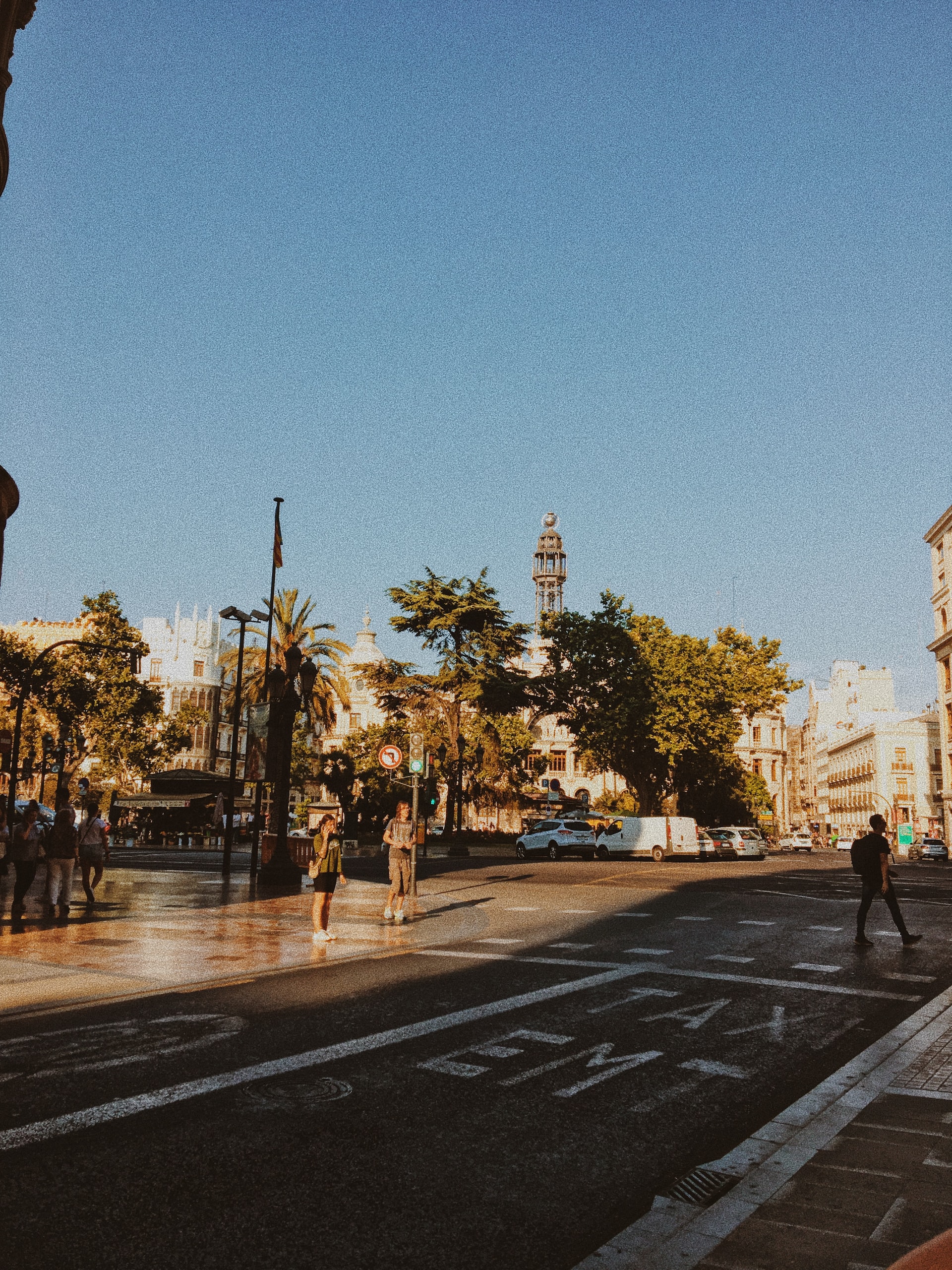
Milan, Italy
Milano was a very intense experience where I reunited with friends I had met on Erasmus, and where I also met new people, thanks to the ESN sections in the city. Just after arriving, I ate a few pennes with pomodoro e basilico sauce in front of the Duomo, and then I went to visit Santa Maria della Grazie, where — art lovers know — there is the famous painting by Leonardo Da Vinci, The Last Supper. During my stay I also visited the Piazza Mercanti, the Castello Sforzesco, the Parco Sampione, Navigli or the columns of San Lorenzo. In Milan, I met up with my Italian Erasmus friends: we had pizza for dinner, the waiter invited us to a Limoncello, and we ended the night in a bar laughing and remembering the good times. The next day, during a picnic and some volleyball matches organised by ESN sections in Milano, I met so many people of different nationalities, and some of us ended up going to have arancinos — typical Sicilian food — for dinner at the foot of the Navigli Grande. I loved pizza, panzerottis, pasta and Italian people! Bonus: thanks to a two-hour train change I had to make in Verona, I could visit the city of Romeo and Juliet: I visited the house that inspired Shakespeare, I crossed the Ponte di Castelvecchio and I saw the Arena di Verona.
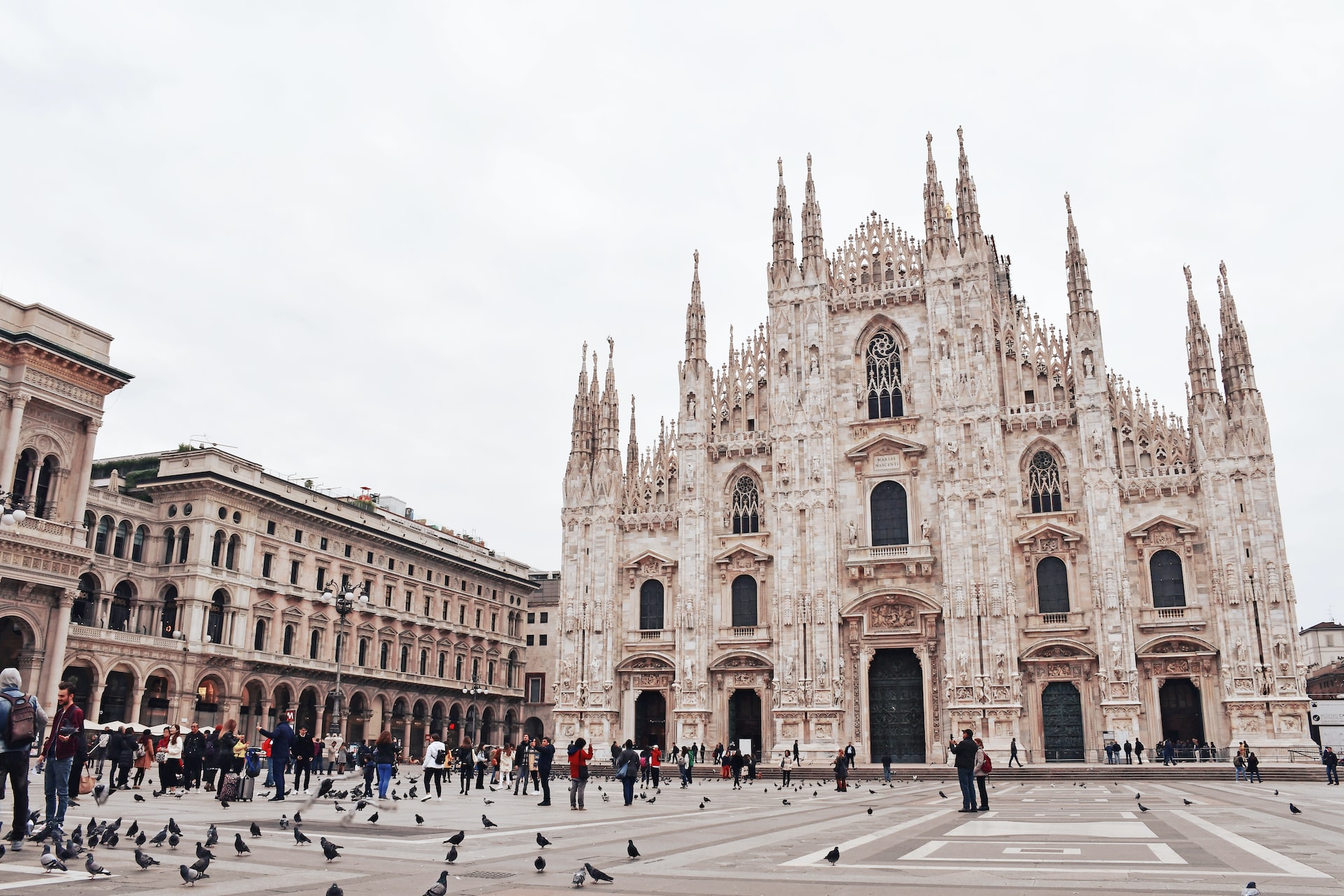
Innsbruck, Austria
Innsbruck stole my heart. It is a town at the foot of mountains of almost 3,000 metres, located in the Tyrolean area, in the Austrian Alps. Just as I arrived I met a Bulgarian girl who showed me the city, and we went together to the workplace of a local guy who invited us for beers. Later, I attended an Austrian dinner at the Fischerhäusl restaurant accompanied by French and German people. There I met a boy with whom I went on a mountain trek the following day. What landscapes! On the way, I took flowers from the Alps, some amazing photos, and I had a good time with this guy, and since I didn’t know him, we had a lot of things to talk about. In the afternoon, I attended an international picnic at the foot of the Inn River, where everyone welcomed me and I felt like one more of the ESN Innsbruck group. And at night... Disco at the Blue Chip Club!
Karlsruhe, Germany
With a lot of pain leaving Innsbruck and away from great people I had just met, I got back on the trains to go to my next destination. It is an almost symmetrical city where all the streets point to the Karlsruhe palace. Kaiserstraße is the city's shopping street and in the middle is the Marktplatz. My favourite part of the city though was the gardens behind the palace, and best of all, the botanical garden. In Karlsruhe, I had a currywurst lunch with a German guy who speaks Spanish very well, and thanks to him, I got to know the city better. At the same time, he was able to practice Spanish with me. We had a very nice time and following his recommendations, in the afternoon I went to the village next to Karlsruhe — Durlach — and I went up by funicular to a viewpoint from where you can see the Black Forest and even the border with France. In the evening I met members of ESN Karlsruhe for dinner at a burger restaurant. From Germany, I am taking a newfound love for Schnitzel, Currywurst, Bratwurst and their people!
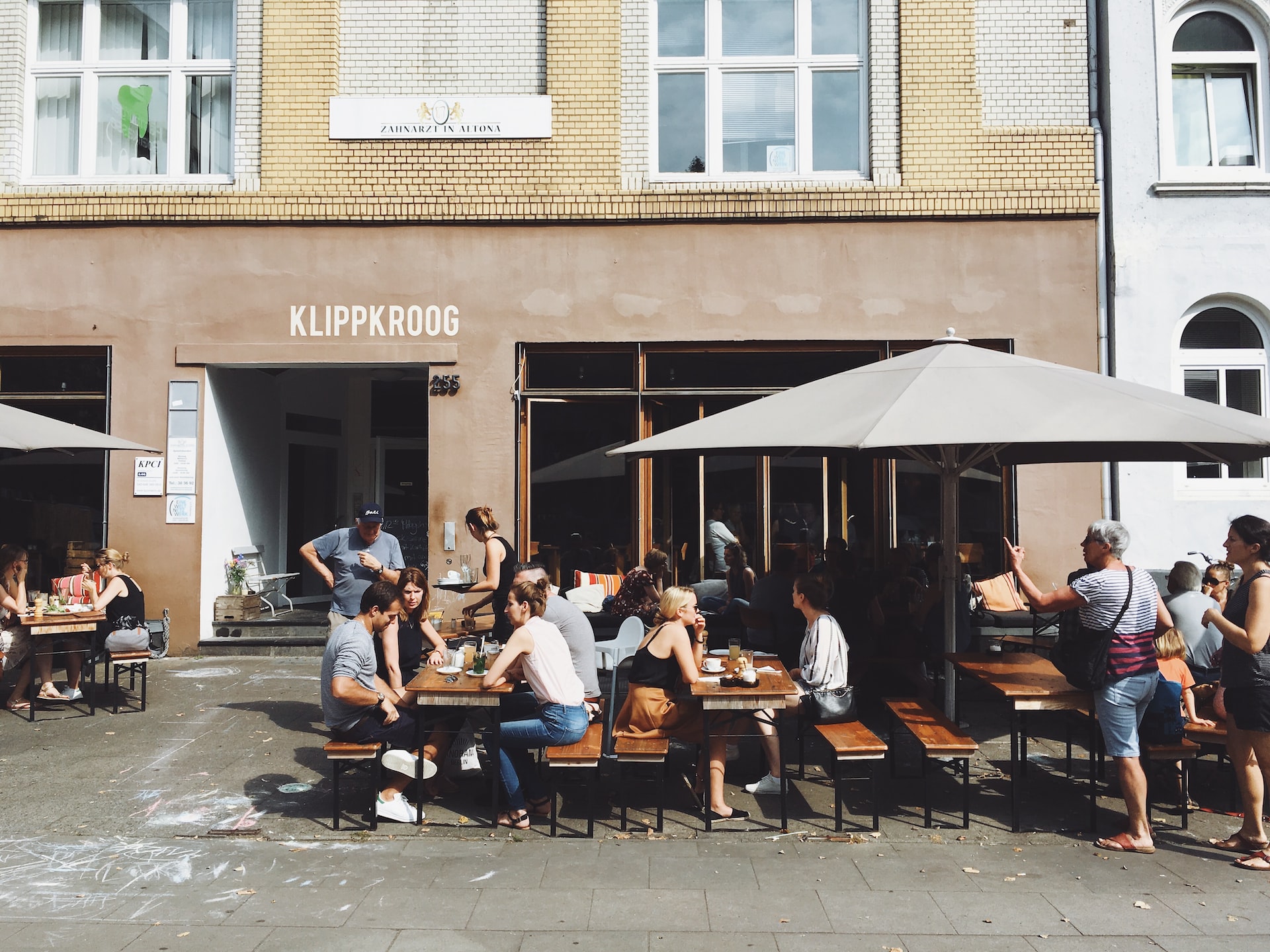
Liège, Belgium
Getting to Liège was like getting home, as I have recently done Erasmus in Belgium. There, I met a very good Belgian friend who accompanied me during my first day in the city. We ate together, visited the city, drank Belgian beers (how I missed them! )and had dinner together.
The next day I visited the city alone, and I climbed the 374 steps of the Montagne de Bueren! The stairs are full of messages such as "thanks for visiting us without crying." The rest of the day I spent in an art museum, taking pictures, writing postcards and resting. A backpacker should also know how to stop a bit, because travelling, in addition to being marvellous, is very tiring. And Hostelling International’s hostel in Liège — as well as the one in Brussels — gave me a great break.
Brussels, Belgium
After almost two weeks, I reached my final destination: Brussels, a city that I know like the back of my own hand and that is more home to me than Liège — I did Erasmus in Ghent, which is 20 minutes from the capital. Brussels is a city that has it all: modern skyscrapers and historic buildings.
Having already visited the Atomium, I stayed in the Grand Place area, one of the most beautiful squares in Europe. I caught up with more Erasmus friends with whom we went for a beer and shared waffles. I also met the four girls who have shared this experience with me and the organisers of this amazing trip. We had a great time together.
Another bonus: once again, thanks to the train changes, I had a whole morning to visit one of the most beautiful cities in the world: Paris. During this time, I visited the Montmartre district, the Moulin Rouge, the Arc de Triomphe, the Eiffel Tower and Notre-Dame.
Writing this article, I have realised what amazing an experience I have had with ESN International, Interrail.eu and Hostelling International. With this adventure I have learned to fend for myself, to be more independent, I have met people I would never have met, and I have fully entered some of the European cultures. Because of all of this, I am a thousand times grateful for this opportunity.
The Mobility Is My Lifestyle is a competition organised by ESN, under the Erasmus Generation Participation & Engagement project, funded by the European Parliament, aimed at raising awareness among young people about the work of the Parliament and the opportunities offered to them in the EU, while simultaneously promoting EU’s diversity and cultural heritage, as well as active citizenship and volunteering.
